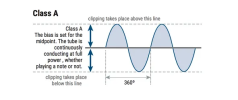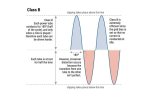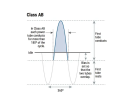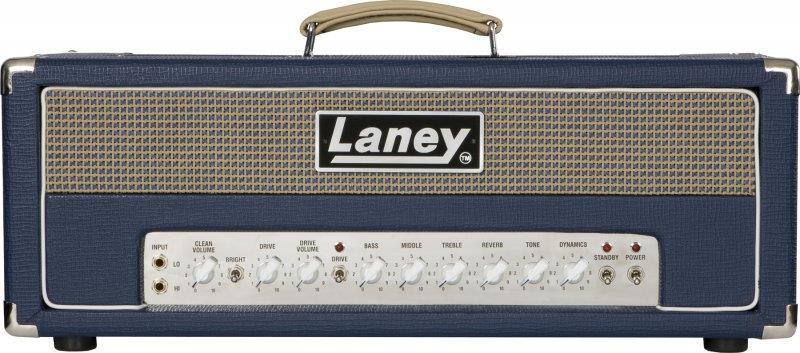You flatter me. I would call myself an ever-learning electronics enthusiast and hobbyist. I know enough to be dangerous. Far from a trained engineer (my math skills are not good enough

).
The way I understand it, the line between class A and class A/B can blur depending on how hot the amp is biased. If your definition of class A is that the tube is always in conduction, push-pull amps can be biased to operate in class A. I believe cathode biased amps like the Vox AC 30 and Tweed Deluxe can walk that line. With small input signals, the bias point can be high enough that the power tubes may not enter cutoff and it's effectively running in class A. But as the input signal gets bigger the tubes start to enter cutoff and class A/B operation happens.
).




